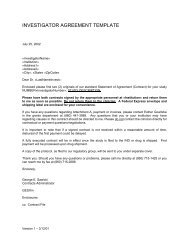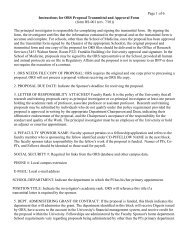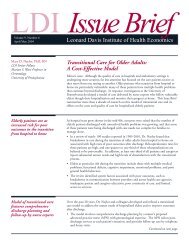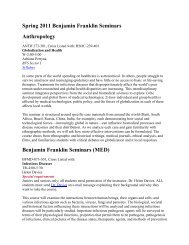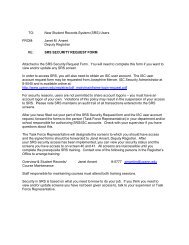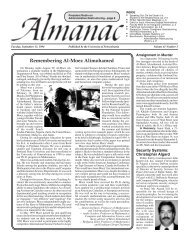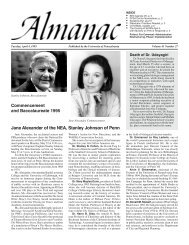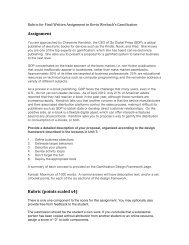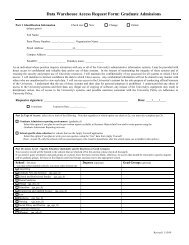Guidelines for conducting tabletop exercises Penn Mission ...
Guidelines for conducting tabletop exercises Penn Mission ...
Guidelines for conducting tabletop exercises Penn Mission ...
Create successful ePaper yourself
Turn your PDF publications into a flip-book with our unique Google optimized e-Paper software.
<strong>Guidelines</strong> <strong>for</strong> <strong>conducting</strong> <strong>tabletop</strong> <strong>exercises</strong><strong>Penn</strong> <strong>Mission</strong> Continuity Program (MCP)Questions? Send a message to: askmc@lists.upenn.eduPlease try to avoid thinking out loud, especially when you first receive your “trigger.”Remember that we are trying to simulate the (sometimes limited) flow of in<strong>for</strong>mation in anemergency. If you have a clarification question you can try to quietly ask one of thefacilitators.Sometimes things will be unclear – this happens in real life too. You can seekclarification the same way you would in the actual situation, <strong>for</strong> example by calling oremailing someone.Nobody is being graded or evaluated on their per<strong>for</strong>mance here. The purpose of thisexercise is to practice, and to evaluate the plan <strong>for</strong> its effectiveness.Use the plan as a guide, but not a rule book. We are testing the effectiveness of the plan,so if at some point you decide it would make the most sense to do something different fromwhat the plan says, then do that and we will decide later whether the plan needs to bechanged.Don’t assume anything. Verify in<strong>for</strong>mation if necessary. All in<strong>for</strong>mation provided by thefacilitator is considered to be valid. However, as in real life, it may not be clearlycommunicated, and participants must deal with that.Tips:Do a run‐through of the TTX with willing participants who are not from the targeteddepartment be<strong>for</strong>e running the actual TTX.When a trigger occurs, participants may respond differently from what is in the plan. That’sfine – it allows the opportunity to figure out if the plan should be changed to be morerealistic and complete.Afterwards:o Do a brief Lessons Learned/Best Practices exerciseo Talk about what went wello Identify and document issues <strong>for</strong> corrective actionso Ask <strong>for</strong> input from observerso Follow up by changing the plan appropriatelyo Change the TTX as appropriate and save it, so you can use it again, or adapt it to useon a different plan.o Additional in<strong>for</strong>mation <strong>for</strong> TTXs can be found at the URL as follows:http://www.training.fema.gov/emiweb/IS/is139lst.asp; see Unit 5Page | 5




